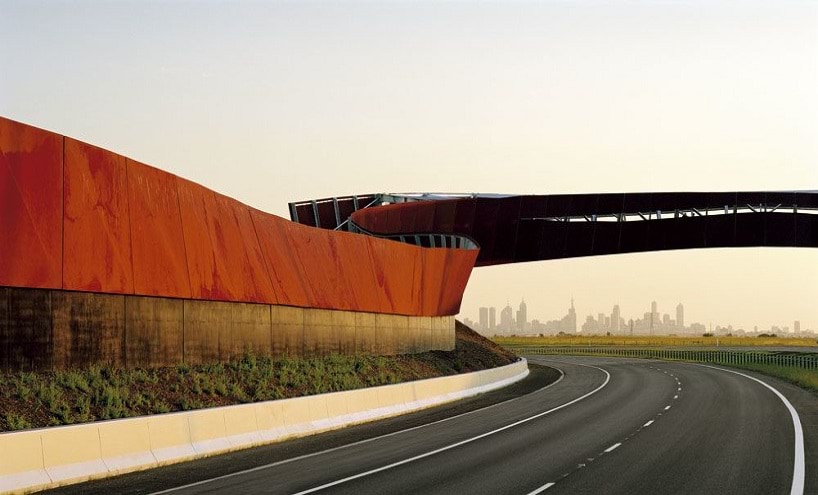You can download the design and construct case study here or find the full text below.
The procurement method of Design and Construct (D&C) is where the client enters into a single contract with a construction company that provides both the design and construction. The design services are often subcontracted to a team of designers, depending on the requirements of the tender.
The client tenders a project brief, and each tenderer prepares a preliminary design and basic indication of the time and cost needed to complete the project. The contractor/builder engages their preferred design team to undertake the design work, and tenders a price for the delivery of that design and its construction costs.
When all tenders have been received the client (or client’s representative) and the client’s quantity surveyor will review and select a proposal best suited to the client’s requirements. A ‘guaranteed maximum price’ is negotiated between the contractor and the client, based on the client’s brief. A single contractor is then appointed to manage the design, documentation and construction of the project. Essentially, it represents a package deal. This type of procurement allows a degree of innovation on aspects of the project that are not fixed. The design team is appointed and contracted directly to the contractor from the start of the project.
Action to benefit good design
- Support the client in seeking independent design advice (e.g. OVGA) to ensure that the ambition of design quality and performance criteria are embedded within the brief.
- Support the ability of the design team to deal directly with the client and associated users.
- Seek independent design review at key project milestones, e.g. brief, schematic design and design development.
- Support the contractor in selecting high quality design consultants, e.g. facilitate an Express of Interest (EOI).
- Seek additional contractual incentives to encourage whole-of-life and ESD performance.
- Include non-negotiable deliverables in the brief to ensure quality and the delivery of key design features that have been signed off by the stakeholders.
- Not recommended if the project is of special design interest or if there is uncertainty in the brief or in the desired outcomes of the client.
- Require the completion of a design intent document before finalising the contract and then ensure independent assessment of its achievement and associated reward/penalty.
Case study: Craigieburn Bypass
Project Background
The Craigieburn Bypass sought to deliver a new freeway connection and gateway entry to Melbourne from the north. Taylor Cullity Lethlean (TCL) as lead consultant in collaboration with Tonkin Zulaikha Greer (TZG) and Robert Owen were engaged by VicRoads for this project via a design competition process. The project was designed to be experienced at a freeway speed of 110km per hour. It includes a series of sculptural sound walls, a pedestrian bridge and road bridges, crash barriers and retaining structures. The sound walls and road furniture stretch over a 32km stretch of freeway linking the Hume Highway with the Melbourne Ring Road. Artist and sculptor Robert Owen was involved in the concept design and modelling of all the elements. Two wall types were developed each distinctive and responding to their adjacent condition. The ‘Curtain Wall’ a long sinuous steel ribbon is fluid in its form, dynamic and experiential. The ‘Scrim Wall’ by contrast is located alongside a residential interface and is composed of patterned acrylic panels and repeated louvres.
Process
In 2001, prior to the design-construct process an EOI was issued and four multi-disciplinary design teams were shortlisted. The successful teams then entered a paid competition process, similar to a Request for Proposal (RFP), to develop further the gateway and noise attenuation walls. In winning the commission TCL challenged the brief by linking the concepts of a ‘gateway’ and the ‘sound wall’ to create a single design proposition.
The design process in this instance was supported by detailed documentation required by VicRoads as part of the contract. Importantly, there was a five-month design development and documentation window prior to the project being tendered where the gateway design was detailed relative to the road design, which at that particular stage, was unfinished. This approach allowed for independent changes to the road design during the design and construct process without impacting the key gateway design elements, or its functionality.
Key initiatives adopted to protect the design quality
- A concise brief by VicRoads, as client with a clear design aspiration for the project.
- A client who acted as the design champion to deliver a succinct brief, guide the design process and require complete documentation at design development prior to going to tender.
- Use of specialist in-house design expertise within the client group to transfer industry specific design knowledge and guide the design process.
- A client who had the foresight to set clear design parameters within the contract around what was negotiable and what was not.
- A master plan approach that supported future opportunities to extend the length or increase the height of the sound walls.
- An allowance for life cycle costing to the pedestrian bridge and sound wall.
- Ensuring that the pedestrian bridge design was entirely engineered and detailed by VicRoads, as client, before handing over to builder for detailed design and construction. This avoided any buildability issues that may have led to a change to the original design through the design and construct process.
- The design team were retained in an advisory role to the client VicRoads. This provided a level of quality control during construction.
Updated

